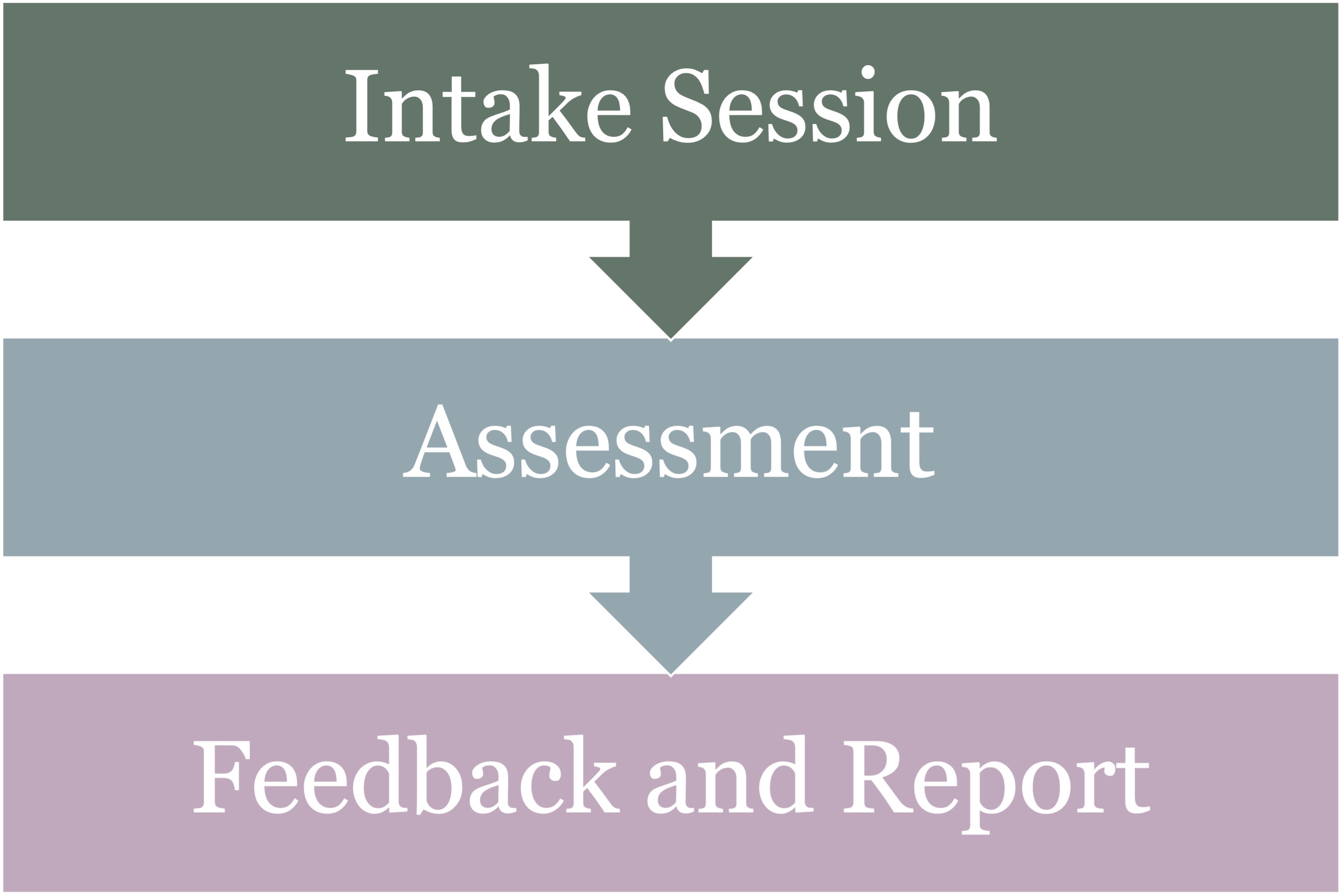Assessments

Frequently Used Tests
Assessment Process

•School Readiness
These assessments are usually conducted prior to the child entering Grade 1. The assessment aims to establish the child's ability to cope with the academic as well as emotional aspects of Grade 1. The assessment also aims to discover whether the child will experience any difficulties in Grade 1, which can therefore be remedied for the child.
•Psycho-educational
Psycho-educational assessments have three components. Cognitive, Scholastic, and Emotional. These assessments can be conducted on school-going children of any ages. The assessment aims to establish where the child is currently functioning with regard to verbal and non-verbal intellectual ability, scholastic abilities in reading, writing and mathematics, and emotional functioning.
•Emotional
Emotional assessments are conducted less frequently than full psycho-educational assessments. They are usually needed when learners have already had a cognitive assessment, or are already in specialised schooling. Emotional assessments are also needed in some cases to determine how a child or adolescent is coping in their current environment.
•Career
Career assessments are useful for learners in Grade 9 who need to make important subject choices for Grade 10. They are also useful for learners in Grade 11 or Grade 12 who need to make important choices regarding their lives after school. Career assessments usually consist of a cognitive, interest, and personality aspect - ensuring that the learner is capable of doing the subject or career, is interested in the subject or career, and whose personality matches the subject or career in question.
•Accommodations
These assessments are used to assist learners who experience barriers to learning such as visual or hearing difficulties, physical barriers, learning difficulties, behavioural challenges, anxiety, or medical conditions. The assessment aims to establish whether these barriers affect the learner's ability to perform during examinations. Accommodations such as the use of a scribe, additional time, rest breaks or use of a computer aim to minimise these barriers, allowing the learner to demonstrate their true ability during examinations. Assessment reports produced by these assessments can be used to motivate the accommodation to the Department of Education (DoE), SACAI and Independent Examinations Board (IEB).
